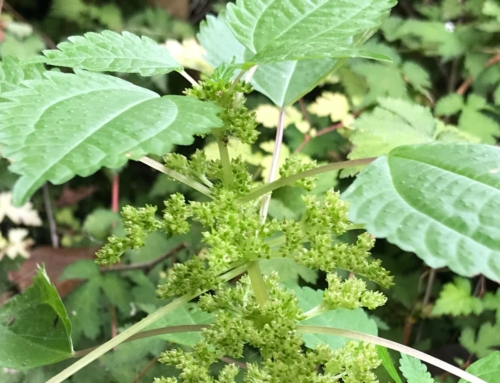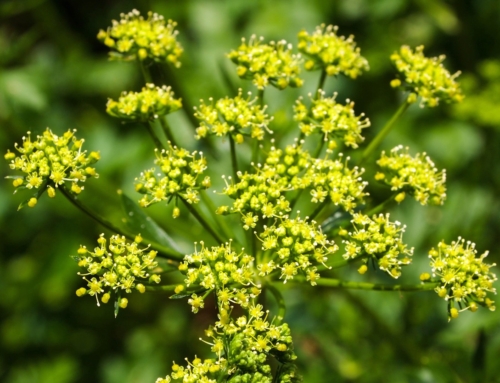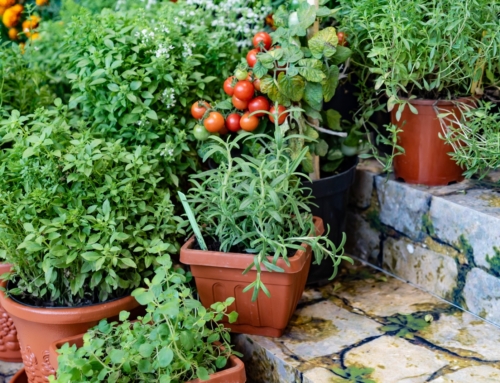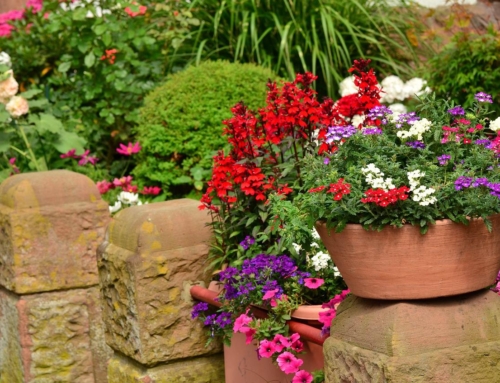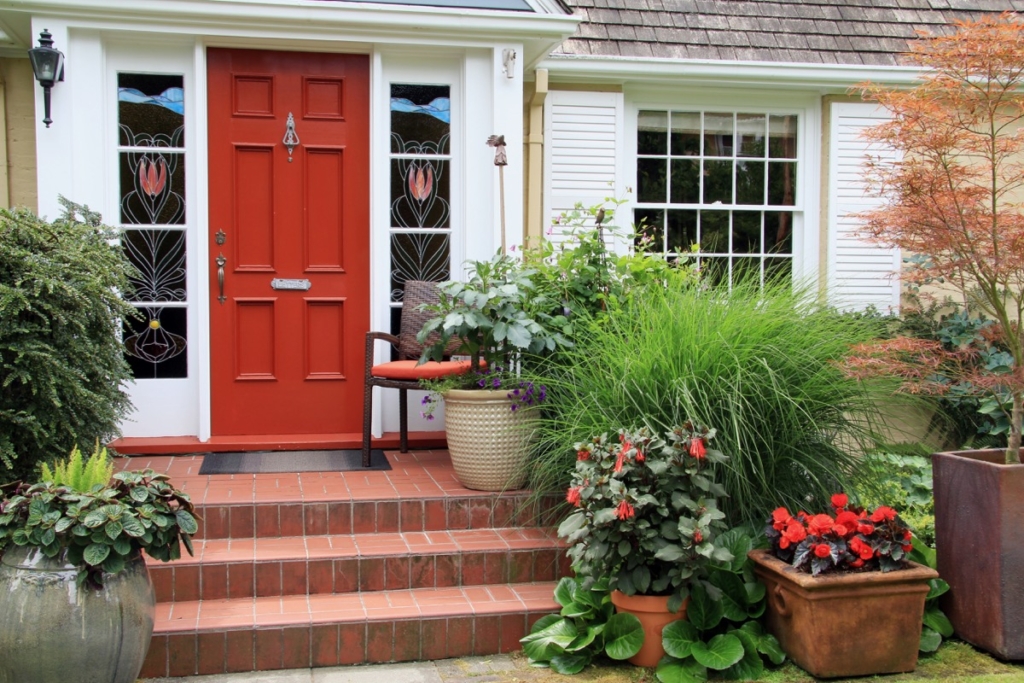
As you can imagine, just about anything that holds growing media and has drainage holes can be used as the base of a container garden. But all containers are not created equal. Container choice will affect not only the look of your arrangement, but also its maintenance.
Common materials for containers include cement, clay, hypertufa (a lightweight artificial stone), metal, molded plastic, resin, or fiberglass, pottery, natural stone or Stoneware, wood or recycled materials (old boots, shoes, washtubs, furniture, milk crates, baskets, carts). A good container must be stable enough not to tip, hold adequate water, and be able to withstand seasonal temperature changes and still look great.
Things to keep in Mind
Is the container the right size for the plant? Smaller, short-term plants don’t require as much room as larger, long-term plants that will remain in the pot for an extended period of time. Succulents, which like to dry out between waterings, do well in shallow containers. Larger, deeper containers are used to house big plants, moisture sensitive plants, and large-rooted plants as they provide more room for the plant to grow and reduce the need for constant watering. Plants should fit without being squeezed or trimmed, unless you are creating a bonsai, of course.
- Is the material porous (such as clay or peat pots)?
If you answer yes, keep in mind porous pots lose water faster than non-porous pots. To mitigate the water loss, containers can be lined with plastic to make them more resistant. - Will the container be heavy or awkward to move?
If the container is too heavy for you to easily move or rotated, consider placing it on casters. If possible, find a more permanent resting place for the plant to avoid having to move it. - Will it hang in the air?
Handing baskets and window, fence or rail boxes need to be watered more often. If the plants are subject to more wind and/or reflected heat (off surfaces such as brick or cement), they will dry out faster. Hanging pots may also drip on the surface below when being watered, so consider what is below the plant to make sure nothing important is damaged. Lastly, be sure to secure the pot to the ceiling so as not to create any unexpected safety issues. - Will the material rot over time?
Wood and other formerly living material may rot over time, so think about choosing wood that is naturally resistant to decay such as cedar or redwood from sustainable sources. Avoid treated woods as the chemicals used to preserve the lumbar may harm the plants or the people eating the crops, herbs or flowers. - Is the pot well-draining?
Drainage is critical to a plant in a container. Make sure there is an adequate-sized hole(s) at the bottom of your container so water can drain freely from the soil and roots can get adequate air. When choosing containers, keep in mind you can easily add the hole yourself if it is not already there. - Finally, arrangement counts.
Are you planning to group the containers? Or will the container be a stand-alone emanating charm? Either way, think about how colors and shapes enhance the setting. Go for style and impact!
Your choice of container (and plants) communicates feelings – amusement, a statement of value, clever, loud, quiet, classy, creative, solid, sophisticated, stylish, whimsical, matched, and so many more. The style, size, and shape of containers are key to achieving the desired purpose of the pot – to provide a focal point, create privacy, divide rooms, accent the landscape, or grow tasty edibles such as herbs, fruit, and vegetables.
By Liza Cameron, Hennepin County Master Gardener volunteer
